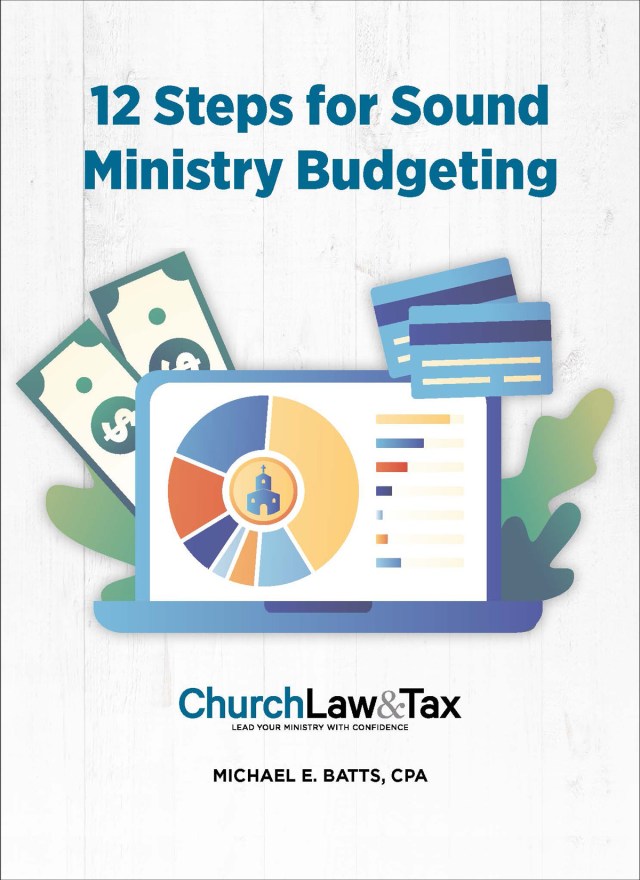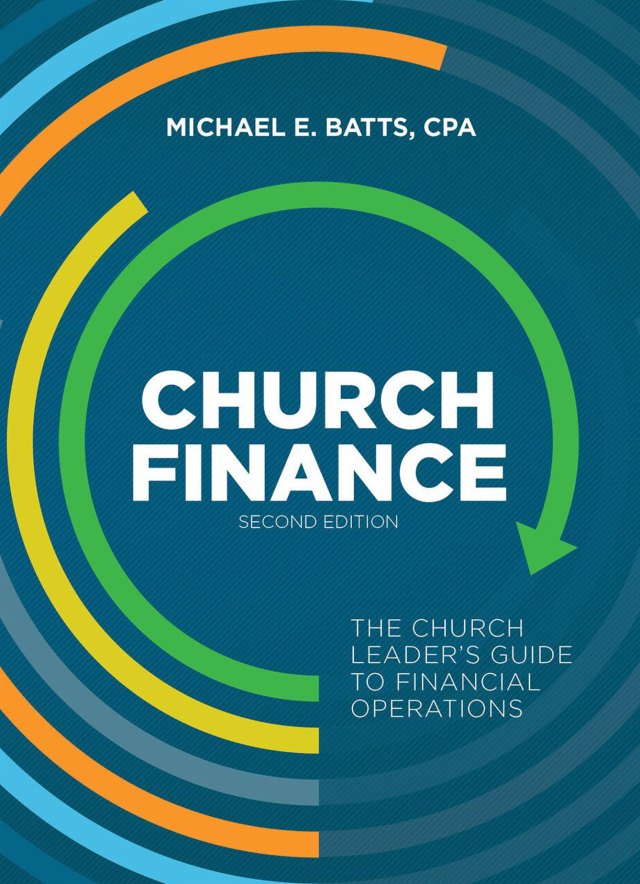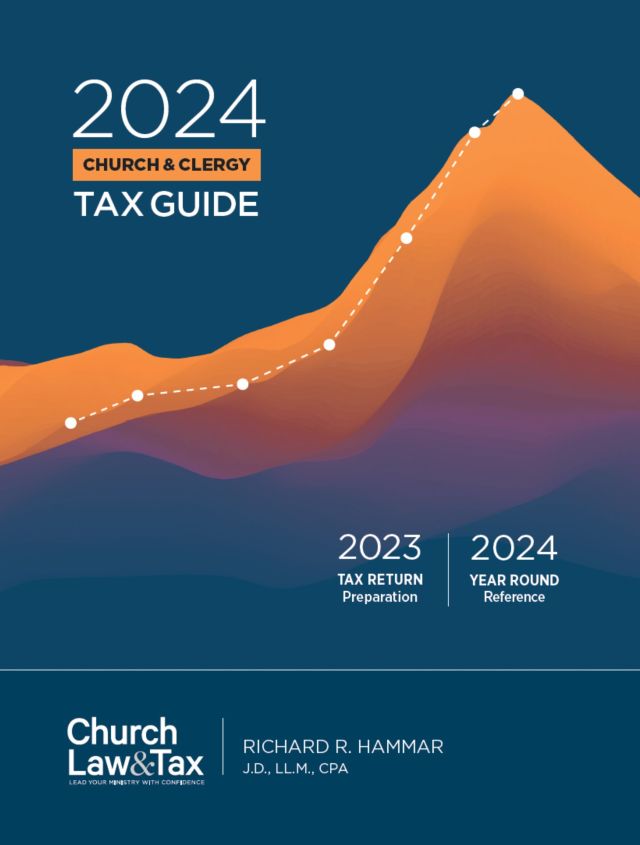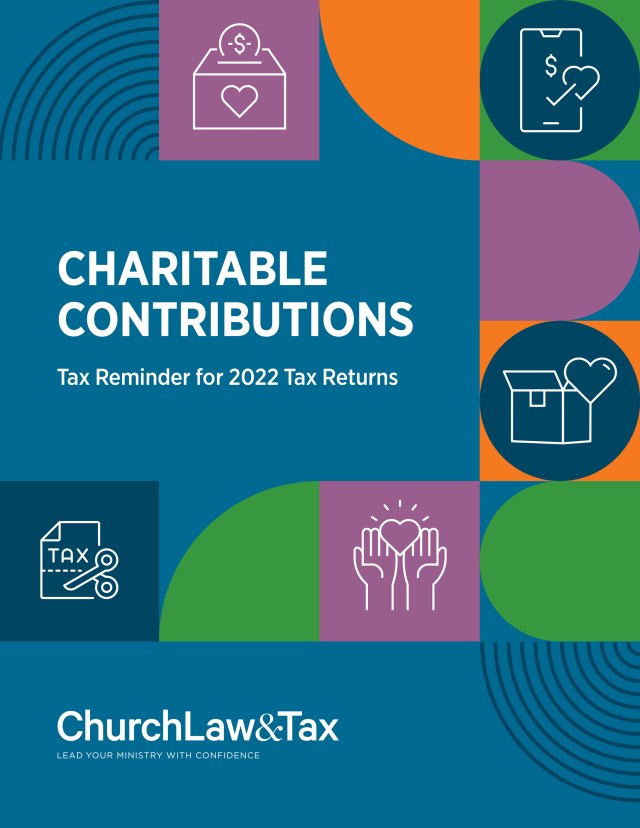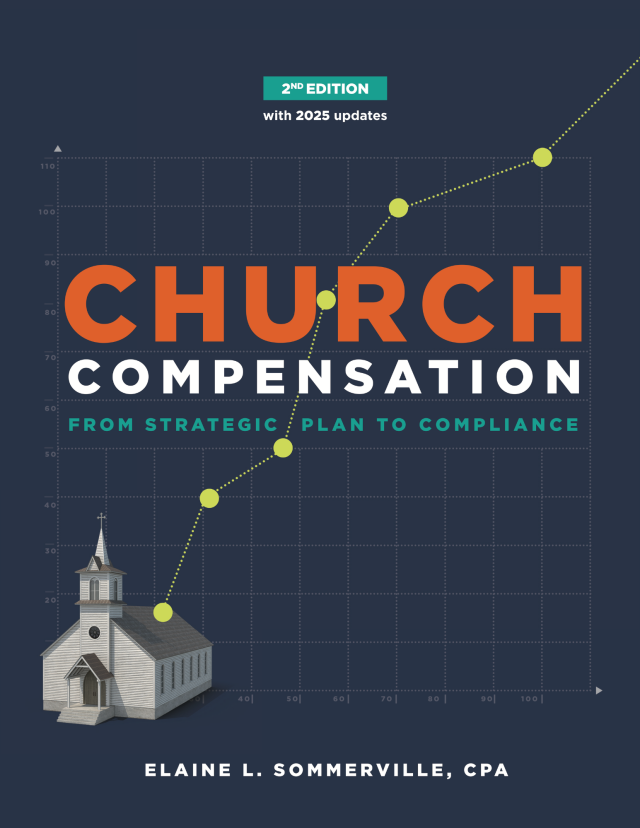Many American churches approach budgeting as a formal, annual process, aligned with a fiscal year. But in reality, there’s no legal requirement for budgeting to follow this rigid format.
⚠️ Important: Always check your church’s governing documents—such as articles of incorporation, bylaws, or denominational polity. These may require formal annual budgeting, even if state law does not.
Moving Toward Dynamic Budgeting
Thanks to advances in technology and access to real-time financial data, churches now have the ability to monitor and forecast finances more dynamically than ever before.
Some churches are choosing to supplement or even replace the traditional annual budgeting model with more flexible alternatives.
Benefits of a dynamic budgeting approach:
- Adjusts to changing revenue expectations;
- Responds more quickly to unexpected challenges;
- Supports churches experiencing rapid growth or crisis.
This approach allows church leaders to make ongoing financial decisions rather than waiting for a new fiscal year.
Whether to retain or abandon the formal annual budget is a governance decision, possibly involving the church board or membership, depending on your church’s structure.
The Importance of Budgeting Policy
A popular alternative to annual budgeting is the rolling forecast or rolling budget.
How it works:
- The church forecasts finances for the next 12 months;
- Forecasts are updated quarterly (or at another regular interval).
While flexible, this method presents challenges if the church uses its budget for expense control.
To stay on track, consider adopting policies such as:
- Requiring a minimum cash flow surplus each quarter or year;
- Setting quarterly or annual benchmarks toward long-term financial goals;
- Formalizing spending constraints to promote responsible stewardship.
Such policies provide a framework for financial discipline, even within a more fluid forecasting model.
Budgeting as a Tool for Stewardship and Oversight
Even without a formal annual budget, churches can and should use forecasting tools to support internal control and oversight.
Best practices:
- Compare actual results with forecasted amounts regularly;
- Use discrepancies to evaluate financial health and adjust spending;
- Treat the budget or forecast as a living document—not a static report.
This ongoing review process strengthens internal control and reinforces a culture of financial accountability.
📘 This article was originally adapted from Church Finance by Michael E. Batts. We’ve used a combination of AI and human review to make this content easier to read and understand.

